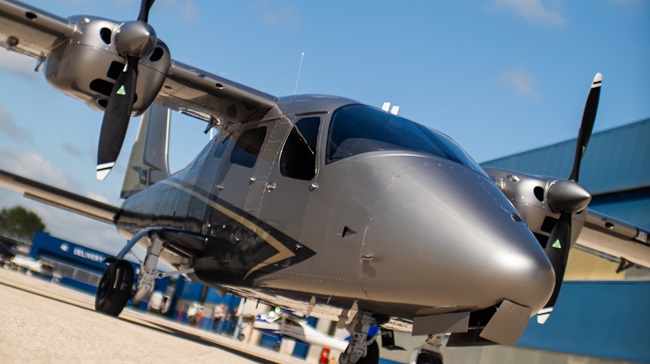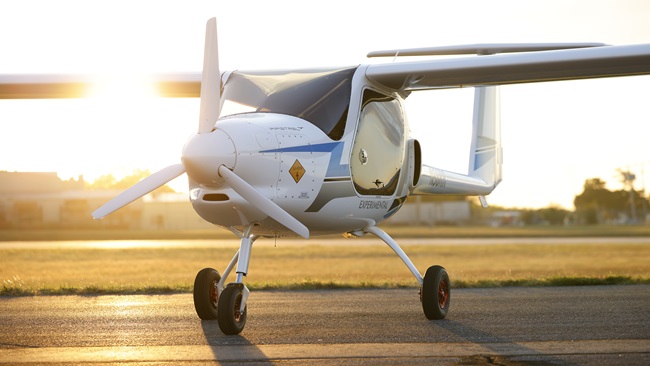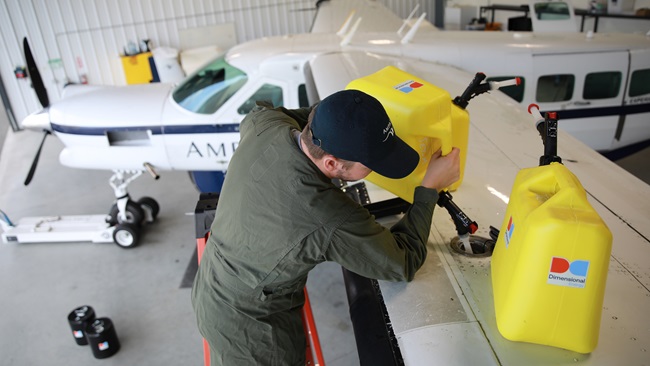Sun Flyer 2 type certificate in works
Bye Aerospace said an FAA type certificate is in the works for the Sun Flyer 2, and company officials expect it to become the first all-electric airplane in the world to receive the agency’s blessing.
N502SF, the company’s proof-of-concept prototype, first flew in April at Centennial Airport in Denver, Colorado.
The company hopes to radically reduce the cost of flight training with electric propulsion. Bye said direct operating costs for the Sun Flyer 2 will be about $3 per flight hour.
The FAA certification process is being done through the agency’s Chicago office, and Bye said he expects it to take about two years.
The two-seat airplane has a retail price of $289,000, and the company has deposits for about 140 aircraft. It’s also planning to produce a four-seat model, the Sun Flyer 4, with a retail price of $389,000 and direct operating costs of about $20 per flight hour.
The production version of the Sun Flyer 2 will have a slightly longer wing and wider cockpit than the prototype, and it will carry additional batteries. The airplane is designed to cruise at 138 KTAS at 5,000 feet and climb at about 1,000 fpm. It currently has about 3.5 hours endurance, and Bye said that number will rise as battery technology improves.
The Sun Flyer 4 is expected to carry four people and cruise at 150 KTAS for up to four hours.
German industrial conglomerate Siemens is providing a 90-kilowatt motor for the Sun Flyer 2, and it is projected to fly up to 10,000 hours before overhaul or replacement.
“It only has one moving part,” Bye said. “The engine will probably last longer than the airframe.”
Bye said pilots accustomed to piston engines will be astonished by the lack of noise and vibration as well as the smoothness of electric propulsion.
“The ride quality and the environment in which we’re training pilots is much more comfortable,” he said. “The fatigue is going to be reduced.”
There’s no internal combustion process to manage and no spark plugs, magnetos, or mixture control.




